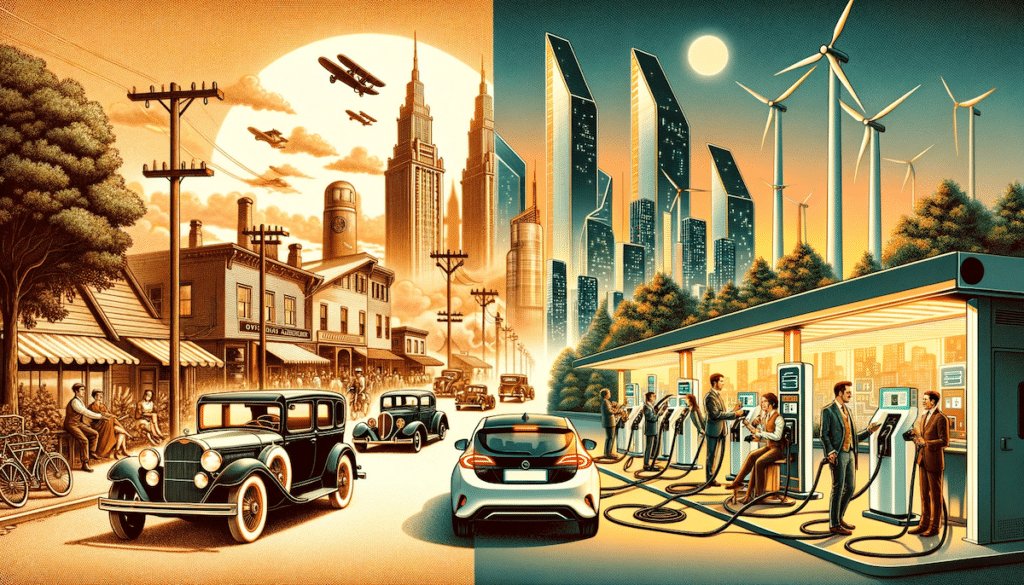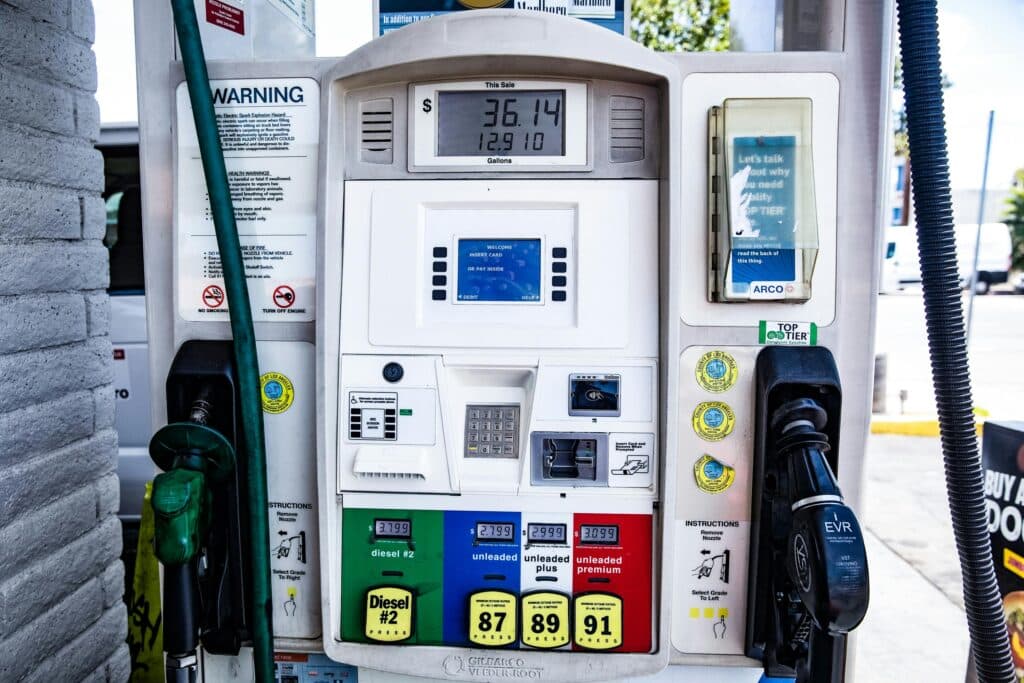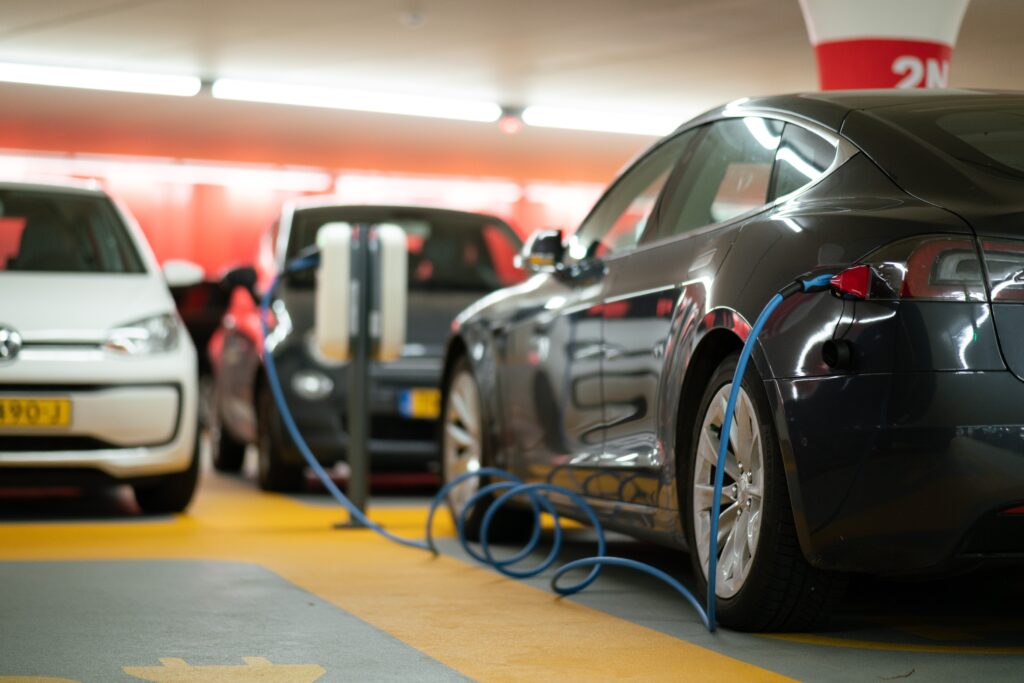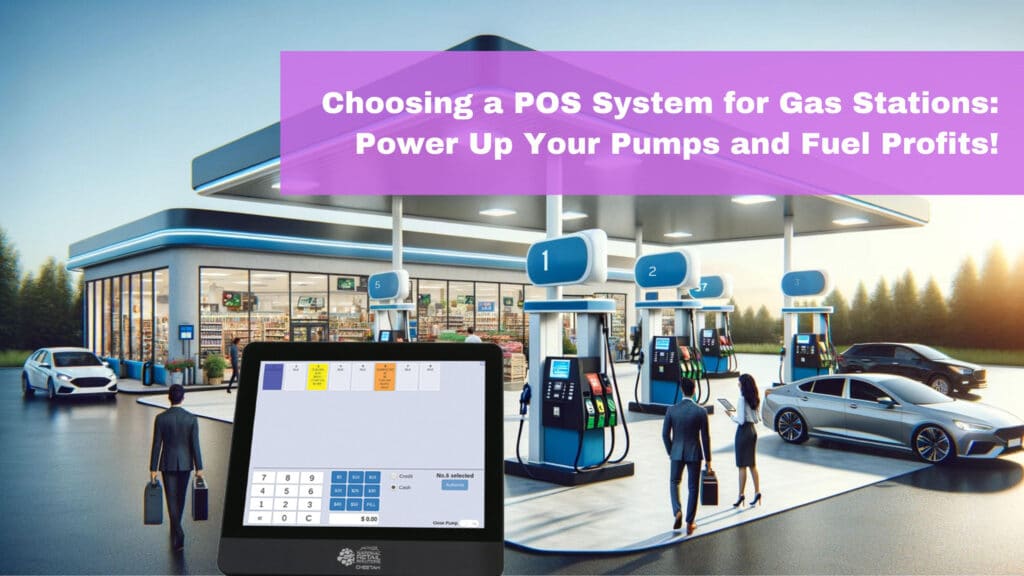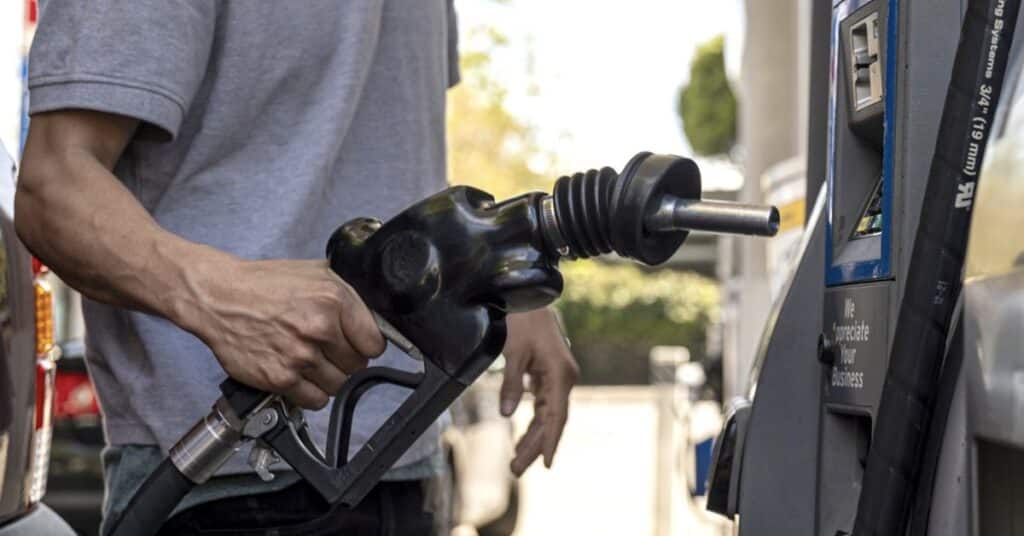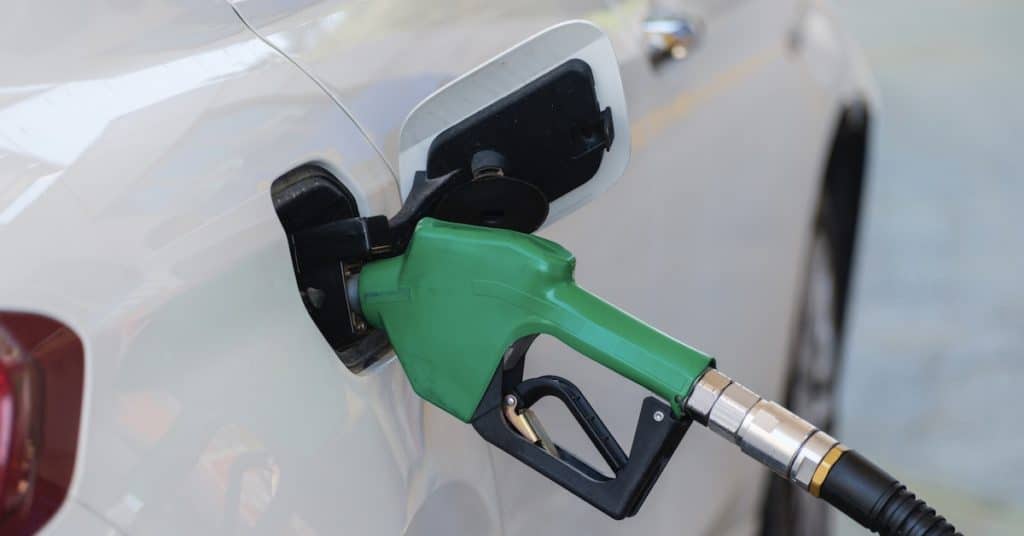- Electric Surge: With the rise of EV charging stations, EVs are no longer the future – they’re the present, reshaping the traditional fueling landscape.
- Refueling Revolution: As EV adoption accelerates, gas stations are evolving to cater to this electric shift.
- Charging Ahead: Innovations in EV charging are bridging gaps, making it as convenient, if not more, than refueling at a gas station.
The EV Charging Stations Revolution: Steering the Future of Driving
The rise of electric vehicles (EVs) is changing the game.
With more EV charging stations popping up, gas stations face a challenge. It’s not just about fuel anymore – it’s about the future of driving.
This shift is not only redefining how we fuel our vehicles but also the very fabric of road travel.
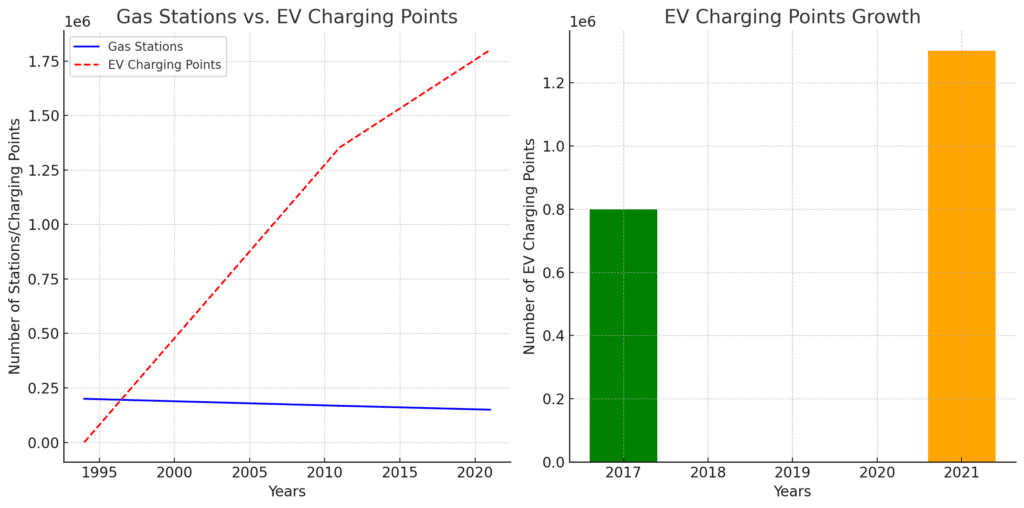
The Rise of Electric Vehicles
Electric cars and EV charging stations are becoming common sights on roads worldwide. This shift shows how consumer preferences are changing. Several factors drive the growth of EVs:
- Battery Technology Advancements: Better batteries mean longer driving ranges for EVs. As batteries get cheaper, so do electric cars.
- Government Incentives: Many governments offer benefits like tax breaks and rebates to encourage people to buy EVs.
- Environmental Awareness: People want to reduce pollution. Electric cars, which don’t emit greenhouse gases, are a popular choice.
Still, the rise of electric vehicles means gas stations must consider their future. With less gasoline being sold, conventional gas stations must consider how they fit into this changing landscape.
Gasoline Sales Decline as EV Charging Stations Multiply
Gasoline sales are indeed experiencing a dip compared to the rise in electric car chargers.
- Gasoline Sales Trend:
- US gasoline station sales reached 55.26B in August 2023.
- A decline from 61.63B the previous year, marking a 10.33% decrease.
- Barron’s report indicates a continuing fall in gasoline sales, with a 1% drop over the past four weeks compared to last year’s levels.
- Growth in EV Charging Points:
- 2.7 million public charging points globally by the end of 2022.
- Over 900,000 charging points were installed in 2022 alone, a 55% increase from 2021.
- In the US, a 3.2% increase in EV charging ports in Q1 2023, with a 4.0% rise in public ports.
- IEA’s Global EV Outlook 2022 Highlights:
- Public charging stations and points tripled to approximately 1.8 million in 2021.
- Sustained momentum in EV sales requires more population to access convenient and affordable charging infrastructure.
The Emergence of Electric Charging Infrastructure
The pivot towards electric vehicles necessitates a robust charging infrastructure. It’s a collective endeavor where governments, private companies, and electric utilities play crucial roles.
| Aspect | Description | Key Takeaway |
| Gasoline Sales Decline | Drop in US gasoline station sales from the previous year. | Traditional fueling is facing challenges. |
| EV Charging Rise | Significant growth in public charging points worldwide. | EV infrastructure is rapidly expanding. |
| Charging Innovations | Increase in EV charging ports in the US. | Technology is driving the shift to electric. |
| Public Accessibility | IEA’s focus on the need for broader access to charging. | Convenience and accessibility are paramount. |
- Expanding EV Charging Networks: The crux of promoting EV adoption lies in expanding charging networks. A well-laid-out network of charging stations spread across urban and rural areas ensures EV drivers have easy access to charging facilities, thus alleviating range anxiety. The significant investments in this area testify to the concerted effort to build a reliable EV charging infrastructure.
- Government Initiatives: Governments worldwide are facilitating the growth of EV charging stations. By providing grants, easing regulations, and partnering with private enterprises, they are accelerating the establishment of charging stations.
- Private Sector Participation: The private sector is also stepping up to the challenge. Companies are investing in setting up charging stations, exploring innovative charging solutions, and forming alliances to expand the charging infrastructure.
This collaborative effort sets the stage for a future where charging an electric vehicle is as convenient as refueling a gasoline car, if not more.
Convenience and Accessibility of EV Charging Stations
Transitioning to electric vehicles comes with a promise of convenience and accessibility when it comes to refueling, albeit with certain concerns.
- Ease of Charging: Unlike traditional gas stations, EV charging stations can charge at home, work, or public locations. This flexibility is a significant advantage, making EVs a convenient choice for many.
- Charging Times: One of the concerns surrounding electric vehicles is the charging time. However, advancements in fast-charging technology are bridging this gap, making EV charging quicker and more convenient.
- Accessibility: The strategic placement of EV charging stations in urban and suburban areas, shopping malls, and public parking spaces is enhancing the accessibility of charging infrastructure.
Efforts are underway to address the concerns about charging times and further improve the convenience and accessibility of EV charging, making it a viable alternative to traditional refueling methods.
Economic and Environmental Benefits
Transitioning from conventional gas stations to electric vehicle charging infrastructure has substantial economic and environmental benefits.
- Cost Savings for Consumers: Electric vehicles are generally cheaper to run compared to their gasoline counterparts. The cost of electricity for EV charging stations is usually lower than the cost of gasoline, providing significant savings over time.
- Reduction in Greenhouse Gas Emissions: Electric vehicles produce zero tailpipe emissions, contributing to a substantial reduction in greenhouse gas emissions. This is especially impactful in urban areas where air quality is a major concern.
- Supporting Local Economies: The shift to electric vehicles and the necessary charging infrastructure can also support local economies. It creates opportunities for local employment, from the installation and maintenance of charging stations to the increased foot traffic in local businesses near charging locations.
Innovations in Charging Technology
The landscape of EV charging technology is evolving rapidly, bringing innovations that further enhance the convenience and efficiency of electric vehicle charging.
- Fast-Charging Solutions: The advent of fast-charging solutions has significantly reduced the time required to charge electric vehicles, addressing one of the major concerns of potential EV adopters.
- Wireless Charging: Wireless charging technology is emerging as a game-changer, eliminating the need for physical plugs and sockets and providing a user-friendly charging experience.
- Smart Charging Systems: Smart charging systems allow for the efficient management of charging schedules, helping to alleviate the load on the electricity grid during peak times and ensuring optimal charging rates.
Impact on the Energy Sector
The proliferation of electric vehicles has a ripple effect on the energy sector.
- Need for Grid Upgrades: The increased demand for electricity due to EV charging necessitates upgrades in the electrical grid to ensure a reliable power supply.
- Integration of Renewable Energy Sources: The integration of renewable energy sources like solar and wind power with EV charging infrastructure is fostering a greener energy ecosystem.
- Vehicle-to-Grid (V2G) Technology: The concept of vehicle-to-grid technology is gaining traction. It allows electric vehicles to feed electricity back into the grid during peak demand times or during emergencies, acting as mobile power storage units.
Challenges and Solutions for the Future
The path to a comprehensive electric vehicle infrastructure has hurdles. Yet, with challenges come opportunities for innovative solutions.
- Infrastructure Expansion: One of the significant challenges is expanding charging infrastructure to meet the growing demand. Strategic partnerships between government bodies, private entities, and local communities can accelerate the establishment of charging stations across diverse locales.
- Technology Advancements: Continuous advancements in charging and battery technology are essential to address concerns about charging times and driving range. Investment in research and development can spur innovations that overcome these hurdles.
- Public Awareness: Educating the public about the benefits of electric vehicles and the convenience of EV charging is crucial to dispel misconceptions and promote EV adoption.
- Policy Framework: A supportive policy framework that incentivizes EV and charging infrastructure adoption, and addresses regulatory barriers, can significantly contribute to overcoming challenges.
Conclusion
The evolution of electric cars is transforming the conventional gas station model, heralding a new era of refueling that is in sync with the global sustainability goals.
As electric vehicles continue to gain traction, the impetus is on the stakeholders – from government bodies to gas station owners and the broader community, to embrace the change and work collaboratively towards building a robust EV charging infrastructure.
The journey may have its share of challenges, but with concerted efforts and innovative solutions, a sustainable and eco-friendly refueling infrastructure is within reach.
The transformation is not merely a change; it’s an upgrade – an upgrade towards a cleaner, greener, and more sustainable automotive future.
As we steer towards this new horizon, the traditional gas stations metamorphosing into modern electric vehicle charging hubs symbolize the tangible steps being taken to drive this vision into reality.
